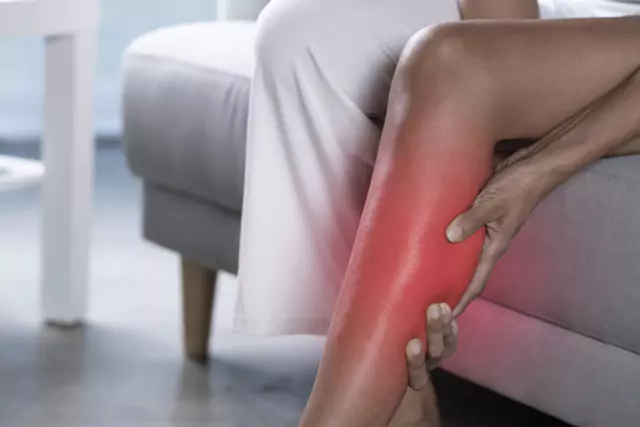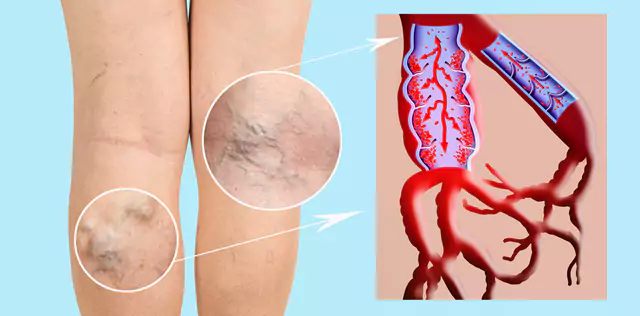
PATIENTS
Superficial Venous Disease


Superficial venous disease is a common problem that many adults face, especially those over the age of 50. It occurs when the tiny one-way valves in your leg veins don’t work properly, allowing blood to flow backward instead of returning to your heart. This condition, known as venous insufficiency or venous reflux, can lead to various visual and health-related issues.

Blood in your veins should flow upwards toward the heart. When the valves malfunction, it can cause blood to pool in the veins near the skin’s surface. This can lead to:
- Spider veins (small, web-like veins)
- Reticular veins (small, bluish veins)
- Bulging varicose veins (larger, twisted veins)
- In some cases, the skin might change color or, in severe situations, develop ulcers (open sores).
What Are the Signs & Symptoms?
If you have superficial venous disease, you might notice some of the following symptoms:
- Leg Discomfort: You may feel a dull ache, heaviness, or fatigue in your legs, particularly towards the end of the day.
- Skin Changes: Your skin might appear discolored or unhealthy.
- Swelling: You may experience swelling in your legs.
- Skin Ulcers: In severe cases, open sores may develop on your legs.
What Can You Do?
If you notice these symptoms or believe you may be at risk, it’s important to speak with a healthcare professional. They can provide guidance on managing your symptoms and preventing further complications.
By understanding superficial venous disease, you can take proactive steps to improve your leg health and quality of life. Don’t hesitate to seek help if you have concerns!


